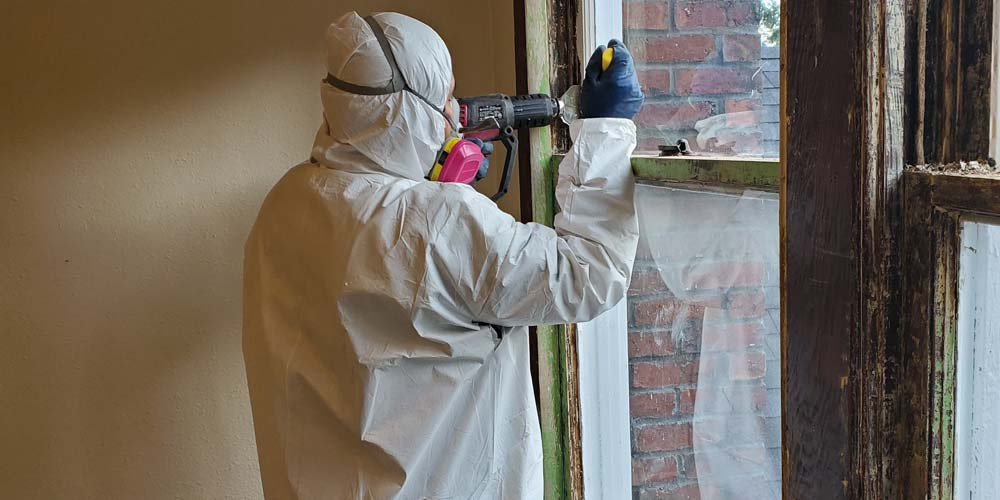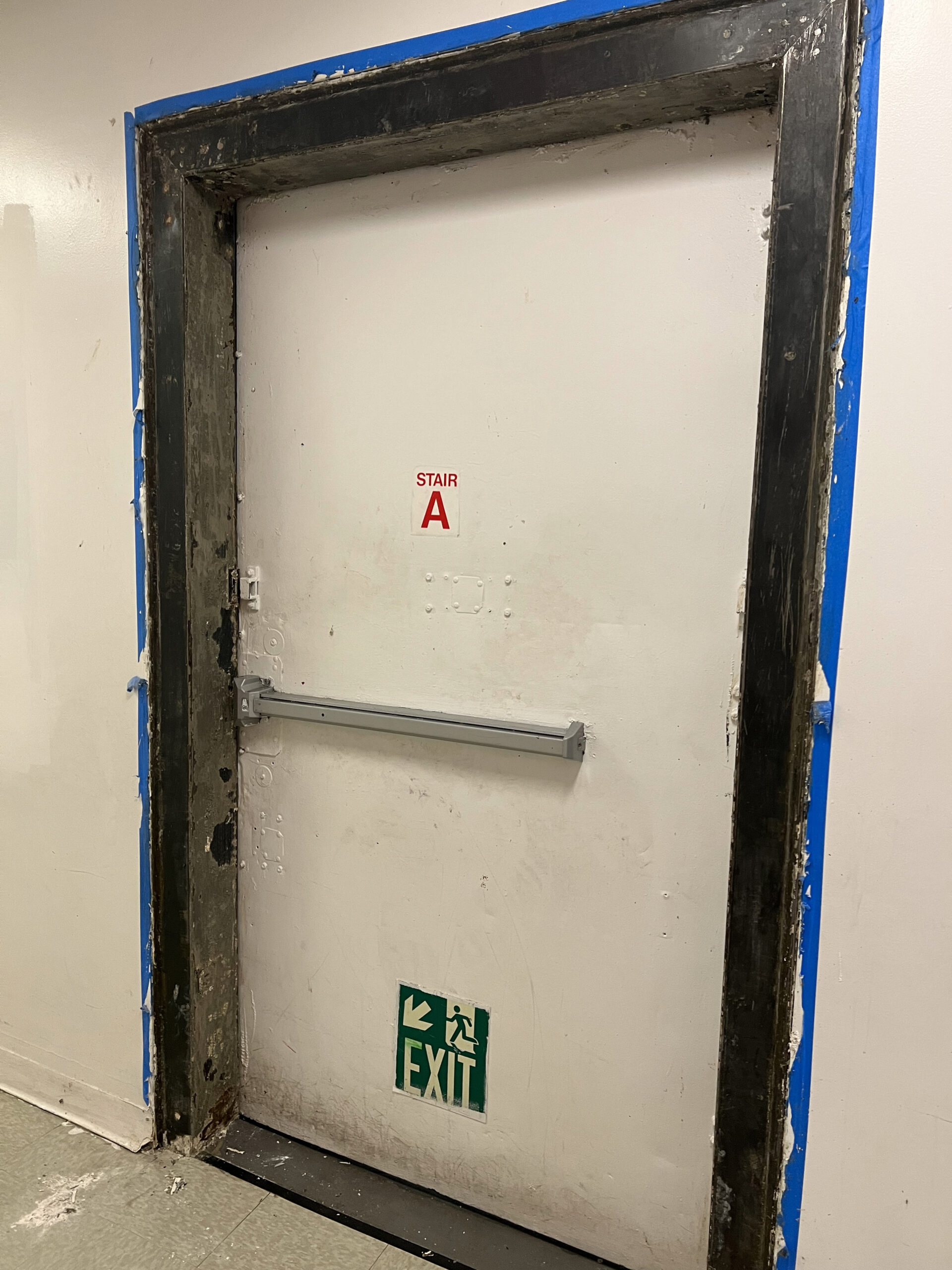Ideal Practices for Making Sure Safe and Thorough Lead Infraction Reduction
Dealing with lead violation abatement calls for a multi-faceted method to make sure both safety and security and conformity. Preliminary analyses utilizing advanced discovery approaches such as XRF analyzers set the stage for an exact understanding of contamination levels. Integrating appropriate control strategies, consisting of impermeable barriers and HEPA purification, coupled with making use of individual protective tools (PPE) for workers, creates the foundation of a secure procedure. Thorough cleaning methods, including HEPA vacuuming and wet-wiping, are vital. Yet, it's the final clearance procedure, entailing thorough evaluations and laboratory testing, that really verifies a lead-free environment, making certain lasting safety and security. How do these practices adjoin to ensure thorough lead abatement?

First Analysis
Performing an initial evaluation is a crucial initial step in lead infraction abatement. This phase encompasses a thorough analysis of the home to determine the visibility, level, and details locations of lead-based dangers. Certified experts, such as qualified lead inspectors or run the risk of assessors, need to execute a thorough website inspection, utilizing tools like X-ray fluorescence (XRF) analyzers to properly spot and gauge lead concentrations in paint, dust, soil, and water.
The assessment should likewise consist of a testimonial of the building's background, previous reports, and any problems or wellness problems reported by residents - Lead Removal Contractors. Recording the searchings for carefully is vital, as these documents develop the basis for establishing a reliable reduction approach. A complete assessment also includes sampling and research laboratory analysis, which are important to confirm the existence of lead and overview subsequent actions
Furthermore, it is imperative to communicate the results transparently to all stakeholders, consisting of homeowner, occupants, and governing authorities. By guaranteeing that the initial analysis is carried out with precision and roughness, specialists can lay a solid structure for a targeted and effective lead abatement process, ultimately protecting public health and ensuring conformity with regulatory requirements.
Proper Containment
Proper control is crucial to avoid the spread of lead pollutants throughout reduction activities. Effectively taking care of containment decreases the risk of lead dust and debris migrating to non-work locations, thereby guarding both the setting and people outside the immediate job zone. To attain proper containment, an impermeable obstacle of plastic bed linen should be developed around the job area, guaranteeing all seams and sides are firmly secured. Lead Removal Contractors. This obstacle ought to extend from floor to ceiling and be taped to prevent any leakages.

Normal inspections of the containment area are needed to inspect for breaches or weak points in the obstacle. Any recognized problems ought to be immediately resolved to keep the honesty of the containment. By adhering to these methods, abatement tasks can successfully regulate lead contamination and alleviate connected wellness dangers.
Worker Protection
Guaranteeing employee security is extremely important during lead reduction tasks to avoid work-related exposure to hazardous lead particles. Necessary measures include the use of individual safety equipment (PPE) such as respirators, handwear covers, and full-body fits especially developed to obstruct lead dust and fumes. Workers ought to go through comprehensive training on the proper usage and upkeep of PPE, consisting of healthy screening for respirators to ensure optimum efficacy.
Design controls, such as local exhaust ventilation systems, are vital in minimizing air-borne lead concentrations in the work environment. Administrative controls ought to likewise be executed, consisting of their explanation restricting the period of exposure and turning workers to lower individual exposure times. Normal medical surveillance and organic monitoring are crucial for very early detection of lead absorption, making it possible for prompt treatment and therapy.
In addition, developing a decontamination protocol is vital. Workers need to follow stringent purification treatments prior to breaks and at the end of their change to protect against lead dust from being brought outside the workplace. This consists of comprehensive hand and face cleaning with lead-specific cleaner and changing out of contaminated clothing.
Thorough Cleaning
Preserving a safe workplace prolongs beyond worker protection and encompasses careful clean-up to make certain lead fragments are completely gotten rid of from the site. The procedure of thorough clean-up is crucial in stopping the recontamination of the mellowed out location and securing both current and future occupants.
To accomplish an extensive cleaning, all workplace need to be systematically decontaminated. This involves using specialized HEPA (High-Efficiency Particulate Air) hoover and wet-wiping strategies to record and remove great lead dust that might have picked surface areas. It is imperative to clean all straight surface areas, including floorings, window sills, and kitchen counters, as well as vertical surfaces that might have trapped lead particles.
Workers need to use appropriate personal safety tools (PPE) throughout clean-up to prevent exposure to recurring lead dirt. Utilized cleansing products such as wipes, sponges, and mop heads must be dealt with according to unsafe waste disposal policies.

Final Clearance
Last clearance is the critical wrapping up phase of lead abatement that determines whether the site is risk-free for reoccupation. This critical step includes thorough inspection and screening to verify that all lead risks have been properly removed.

Final clearance testing not only protects future residents but additionally makes sure compliance with neighborhood, state, and government regulations. Moreover, it functions as a recorded recognition of the abatement contractor's adherence to market finest practices. Ensuring a thorough and effective final clearance is necessary in safeguarding public wellness and fostering rely on the abatement procedure.
Conclusion
Making sure risk-free and comprehensive see here now lead offense reduction requires a multifaceted approach encompassing initial assessments with sophisticated detection approaches, effective control methods, rigorous worker defense methods, and meticulous cleaning treatments. The final clearance stage, featuring in-depth assessments and laboratory testing, is critical to verify conformity with EPA requirements. Adherence to these best techniques guarantees a risk-free environment for occupants, mitigates health and wellness threats, and supports regulative demands, consequently advertising public wellness and safety in lead-affected locations.